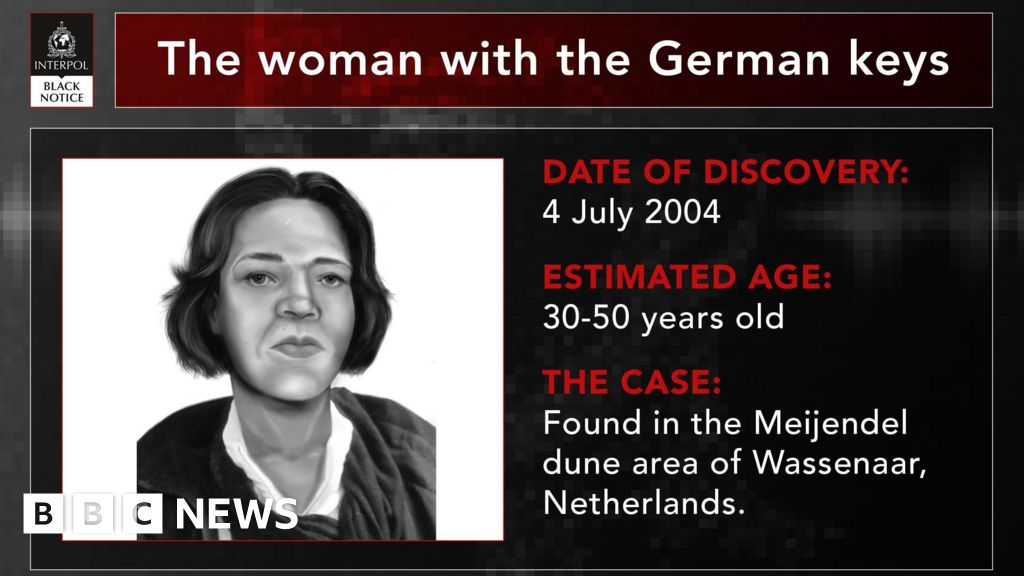Life on the street: Why opening your front garden can make your neighbourhood safer
One of the most striking gardening trends to emerge in our increasingly urbanised world relates to what is often the smallest part of our gardens. It’s the front that is becoming the focus. It’s getting more open and welcoming. It’s letting its guard down.
While backyards keep their privacy, front gardens are forging more connections with the street. Walk around the residential suburbs of Melbourne and Sydney and, increasingly, you find front gardens that look like vibrant social spaces rather than purely ornamental ones.

In this Northcote garden Emmaline Bowman encouraged interaction with the street by using widely spaced sleepers for a fenceCredit: Marnie Hawson
As Melbourne landscape architect Emmaline Bowman puts it, these gardens don’t look like they are only for entering and leaving but as if they are “widely used extensions of the house”. They seem lived in and cared for. They seem like exactly the sort of thing you want for yourself.

If passers-by can see in, residents have the pleasure of seeing out,.Credit: Marnie Hawson
Bowman says she always suggests to clients that they create an open-feeling front garden, with a diversity of plants that both supports wildlife and creates an engaging place for people. “They pretty much always agree.”
As the density of our cities increases, these gardens don’t only benefit those living on the property but help connect all of us with landscapes that are more interesting, lively and ecological than solid fencing and bitumen footpaths.

Passers-by are encouraged to take a seat in this Brunswick garden designed by Emmaline Bowman.Credit: Vivian Scapari
In coastal areas, it can be hard to tell them apart from the natural landscape, which is why Anglesea-based landscape designer Peter Shaw says they help “give back”.

So welcoming is this Brunswick garden that one ardent fan left it a love letter. Credit: Vivian Scapari
Shaw, whose main outdoor living space is his largely indigenous front garden, says there is more to be gained than lost from having people able to look in. “You get to know the neighbours who walk past every day, you get to know the dogs and you also get to look out at other people’s gardens and trees,” he says.

Peter Shaw’s Anglesea front garden feels like it spreads onto the street.Credit: Claire Takacs
Bowman agrees. “It gives people a sense of community and reduces loneliness. It also creates a nice place to be in,” she says.
The residents of McElhone Place (or Cat Alley as it’s better known) in Sydney, are old hands at this. For about 50 years they have been turning their inner-city laneway into a beguiling green pocket that has garnered a wide following. With no private front garden space, the residents grow trees, shrubs, herbs, climbers, everything, in containers on the footpath. The resulting ribbons of vegetation are narrow but abundant and transform this pedestrian-only laneway into a haven for everyone.
It is a lesson for anyone living in a high-density area with a small front garden. While fences were never an option for McElhone Place, this laneway highlights the benefits of having greenery for all to enjoy.
Bowman says, putting up “a big, bold, privacy fence” only makes small front gardens feel tinier. High, non-see-through fences also block light and reduce airflow. She says more informal boundary markers that you can see through – and sometimes even walk through – help make gardens feel more attractive and welcoming.
Contrary to what you might expect, Bowman says this approach does not create security issues. She says gardens that feel part of the streetscape have an added layer of security because the neighbourhood takes an interest in them. “Big fences and floodlights create more places to hide,” she says.
Loading
For one project, Bowman marked out the front boundary line with widely spaced upright sleepers and no gate. For another she used rocks that double as public seating, beside which there is a sign announcing to passers-by that they are welcome to sit down.
That particular garden received a love letter from an especially ardent fan, but Bowman says all of these open, engage-with-the-street spaces attract strong followings. “They bring neighbours together and spark more communication.” They also inspire other people to try similar things themselves.
Peter Shaw says he likes the idea that the people who share his Anglesea garden – by peering over his gate or through his informal stick fence – might be inspired to try something similar at their place.
He encourages those in coastal areas – and who don’t have a pet like he does – to do away with the fence entirely. He says a variety of plants can be “staggered” across the front to provide areas of screening instead. “You can have some shrubs at chest height and one might be allowed to go up a bit. Or you might want sparse dwarf eucalypts that you can look through. Think about what you want your plants to do,” he says.
“The big idea is not to see the street as something to be frightened of. Borrow the streetscape and add to it. Start a sharing trend in your street.”
Make the most of your health, relationships, fitness and nutrition with our Live Well newsletter. Get it in your inbox every Monday.
Most Viewed in Lifestyle
Loading


















































